When it comes to selecting the right tubing material for your application, the choices can be overwhelming. Tubing materials are critical components in various industries, influencing the performance, durability, and safety of systems ranging from pneumatic applications to fluid transfer. Understanding the different types of tubing materials, their unique properties, and their applications can help you make informed decisions that enhance your project’s efficiency and reliability. This comprehensive guide will delve into the most common tubing materials, their characteristics, and how to choose the right one for your specific needs.
Common Types of Tubing Materials
1. Polyurethane (PU) Tubing
Polyurethane tubing is a popular choice due to its exceptional flexibility and durability. It is made from a polymer that exhibits excellent abrasion resistance, making it ideal for applications where wear and tear are concerns. PU tubing can handle a wide range of temperatures, typically from -40°F to 180°F (-40°C to 82°C), and is resistant to many chemicals, including oils and solvents.
Applications: PU tubing is widely used in pneumatic systems, robotics, automotive applications, and medical devices. Its lightweight nature and ability to maintain its shape under pressure make it suitable for dynamic applications where movement is involved.
Advantages:
- High flexibility and resilience
- Good abrasion resistance
- Lightweight and easy to handle
Disadvantages:
- Limited resistance to UV light and extreme temperatures
- May not be suitable for high-pressure applications
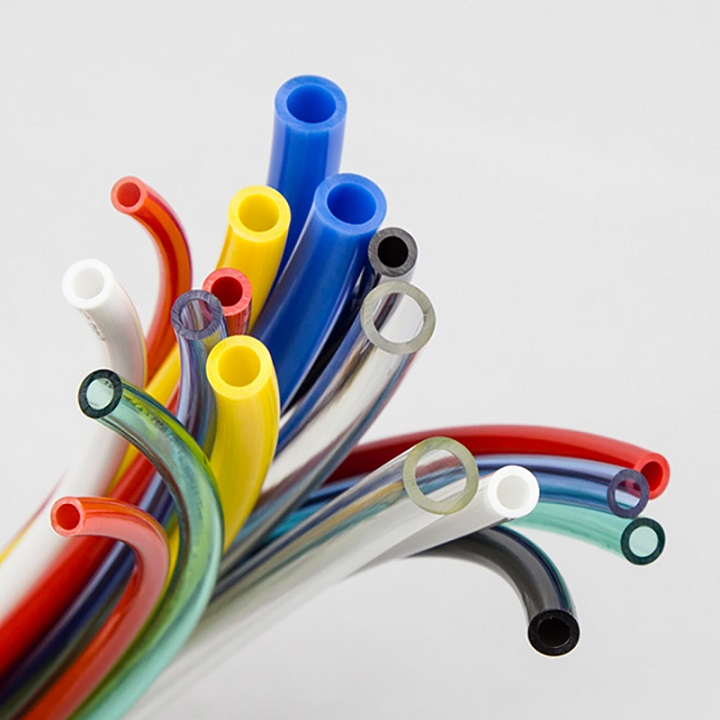
2. Nylon Tubing
Nylon tubing is known for its strength, chemical resistance, and temperature tolerance. It is a synthetic polymer that can withstand temperatures ranging from -40°F to 200°F (-40°C to 93°C) and is resistant to many chemicals, including fuels and oils. Nylon tubing is also known for its low moisture absorption, which helps maintain its integrity in humid environments.
Applications: This type of tubing is commonly used in air and fluid transfer applications, medical devices, and industrial settings. Its strength makes it suitable for high-pressure applications, and it is often used in hydraulic systems.
Advantages:
- High tensile strength and durability
- Excellent chemical resistance
- Good temperature tolerance
Disadvantages:
- Can be more expensive than other materials
- May require special fittings due to its rigidity
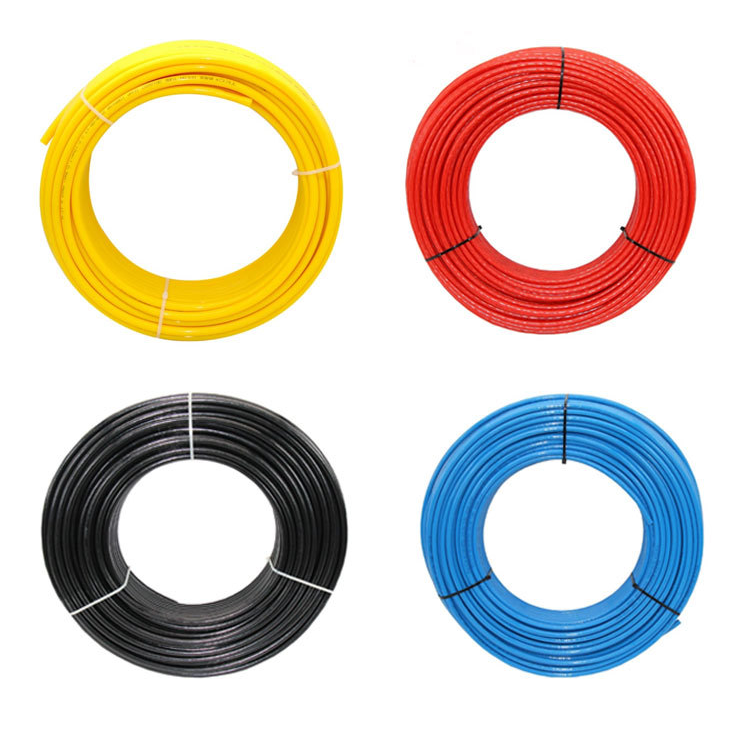
3. Polyethylene (PE) Tubing
Polyethylene tubing is lightweight, flexible, and resistant to moisture, making it an excellent choice for various applications. It is available in different grades, including low-density polyethylene (LDPE) and high-density polyethylene (HDPE), each suited for specific uses. LDPE is more flexible and is often used for low-pressure applications, while HDPE is stronger and can handle higher pressures.
Applications: PE tubing is widely used in agriculture for irrigation systems, in food processing for safe fluid transfer, and in water supply systems due to its resistance to corrosion and chemicals.
Advantages:
- Lightweight and easy to install
- Good chemical resistance
- Cost-effective
Disadvantages:
- Limited temperature range (typically up to 120°F or 49°C)
- Can be less durable than other materials in high-pressure applications
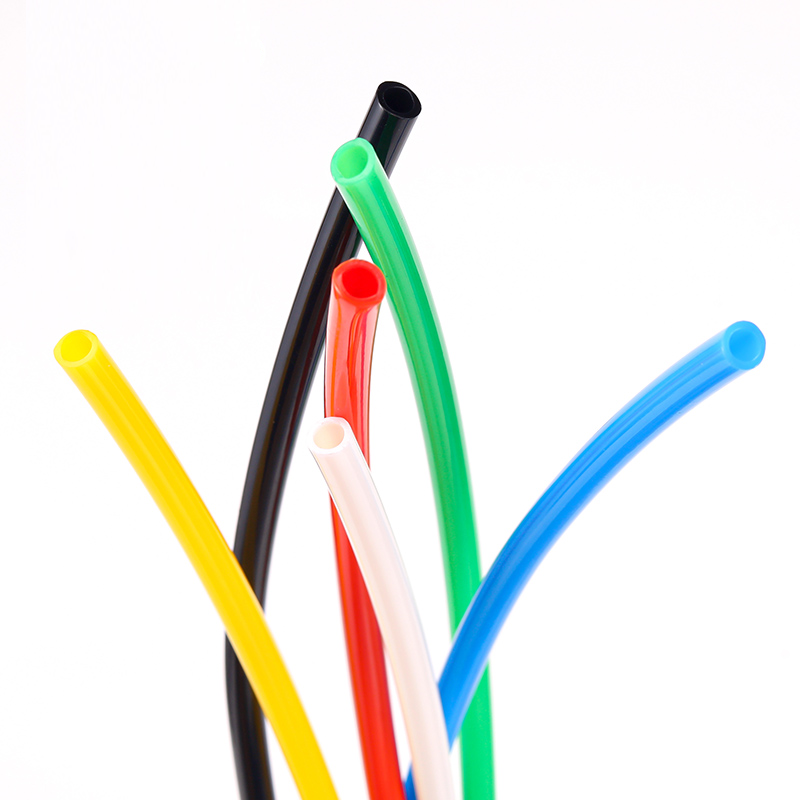
4. PTFE (Teflon) Tubing
PTFE tubing, commonly known as Teflon tubing, is renowned for its high-temperature resistance and low friction properties. It can withstand temperatures up to 500°F (260°C) and is non-reactive, making it ideal for applications involving aggressive chemicals.
Applications: PTFE tubing is widely used in chemical processing, pharmaceuticals, and food industries where purity and chemical compatibility are critical. Its low friction properties also make it suitable for applications requiring smooth fluid flow.
Advantages:
- Excellent chemical resistance
- High-temperature tolerance
- Non-stick properties
Disadvantages:
- More expensive than other tubing materials
- Can be challenging to work with due to its rigidity
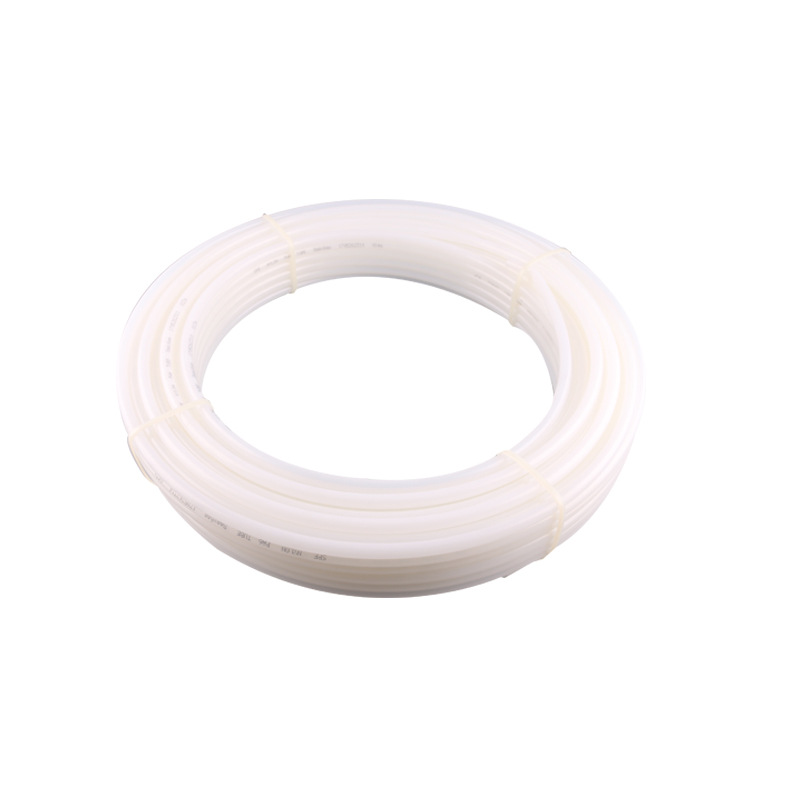
5. Coiled Tubing Options
Coiled tubing, such as PU coiled tubing and nylon coil tubing, offers flexibility and ease of installation. The coiled design allows for easy handling and storage, making it a practical choice for various applications. Coiled tubing can be unwound and cut to the desired length, providing versatility in installation.
Applications: Coiled tubing is particularly useful in pneumatic systems where space is limited, and it is often used in applications requiring frequent movement or repositioning.
Advantages:
- Flexible and easy to install
- Space-saving design
- Can be customized to length
Disadvantages:
- May require additional fittings for secure connections
- Limited pressure ratings compared to rigid tubing
6. Other Types of Tubing Materials
- PVC (Polyvinyl Chloride) Tubing: Versatile and cost-effective, PVC tubing is widely used in plumbing, electrical applications, and drainage systems. It is resistant to corrosion and can handle a range of temperatures.
- Silicone Tubing: Known for its flexibility and resistance to extreme temperatures, silicone tubing is often used in medical applications, food processing, and automotive industries. It can withstand temperatures from -100°F to 500°F (-73°C to 260°C).
- Stainless Steel Tubing: Corrosion-resistant and strong, stainless steel tubing is suitable for high-pressure applications and environments where durability is essential. It is commonly used in food processing, pharmaceuticals, and chemical industries.
- Copper Tubing: With excellent thermal conductivity, copper tubing is commonly used in refrigeration, air conditioning, and plumbing applications. It is resistant to corrosion and can handle high pressures.
- Aluminum Tubing: Lightweight and corrosion-resistant, aluminum tubing is used in various construction and plumbing applications. It is easy to work with and can be anodized for additional protection.
- Rubber Tubing: Flexible and durable, rubber tubing is often used in automotive and industrial applications. It can handle a range of temperatures and is resistant to abrasion.
- Glass Tubing: Chemically resistant and transparent, glass tubing is used in laboratory and medical applications. It is ideal for applications requiring visibility of the contents.
- Composite Tubing: Made from a combination of materials, composite tubing offers enhanced properties for specialized applications. It can provide the benefits of multiple materials, such as strength and flexibility.
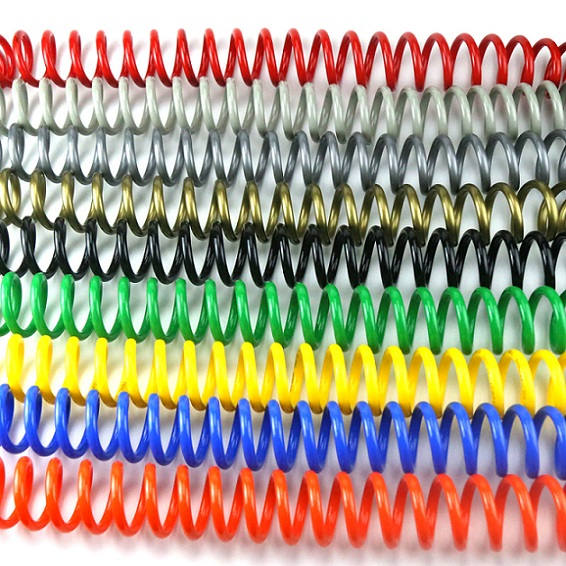
How to Choose the Right Tubing Material for Your Application?
Choosing the right tubing material is crucial for ensuring the success of your project. Here are some key factors to consider:
1. Understand Your Application Requirements
Start by defining the purpose of the tubing. Are you transferring fluids, gases, or air? Understanding the specific requirements of your application will guide your material selection.
2. Consider Physical Properties
Evaluate the physical properties of the tubing materials:
- Flexibility: Determine if you need rigid or flexible tubing based on your application.
- Strength: Assess the tensile strength and burst pressure required for your system.
- Chemical Resistance: Ensure the tubing material is compatible with the fluids or gases it will come into contact with.
3. Evaluate Temperature and Pressure Ratings
Identify the maximum and minimum temperatures the tubing will encounter. Consider the pressure requirements and select materials that can withstand those pressures without compromising safety.
4. Assess Regulatory and Safety Standards
Determine if your application requires compliance with specific industry standards, such as FDA or ISO certifications. Safety is paramount, especially in critical applications like medical or food processing.
5. Analyze Cost and Availability
Compare the costs of different tubing materials and consider their long-term value. Check the availability of the materials and lead times for procurement to avoid delays in your project.
6. Seek Expert Consultation
Don’t hesitate to consult with industry experts for tailored recommendations. Collaborating with suppliers can ensure you choose the best material for your specific needs.
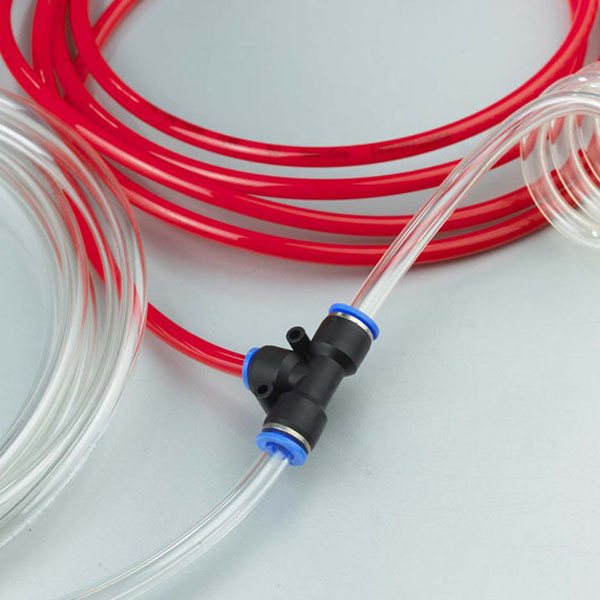
Quality Control Measures for Tubing Manufacturing
Quality control is essential in the manufacturing of tubing materials. Here are some key measures to ensure reliability and safety:
- Manufacturing Process Overview: Understand the production processes for various tubing materials, including extrusion, molding, and coiling. Each process has its own set of quality control measures to ensure the final product meets specifications.
- Quality Control Measures: Implement rigorous testing protocols to ensure the tubing meets specified standards for strength, flexibility, and chemical resistance. This may include pressure testing, burst testing, and chemical compatibility testing.
- Certifications and Standards: Adhere to industry standards and obtain necessary certifications to guarantee product quality and safety. This is particularly important in industries such as food processing and pharmaceuticals, where compliance with regulations is critical.
Conclusion
Selecting the appropriate tubing material is vital for the success of your application. By understanding the different types of tubing materials available and considering the specific requirements of your project, you can make informed decisions that enhance performance and reliability. Don’t hesitate to seek expert advice to ensure you choose the right material for your needs. If you have any questions or need further assistance, feel free to reach out for expert consultations and product inquiries.

